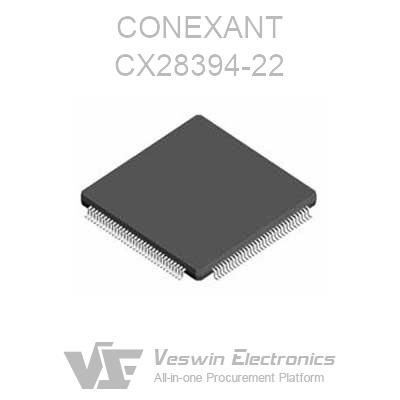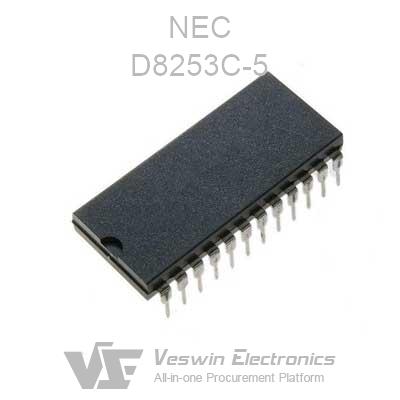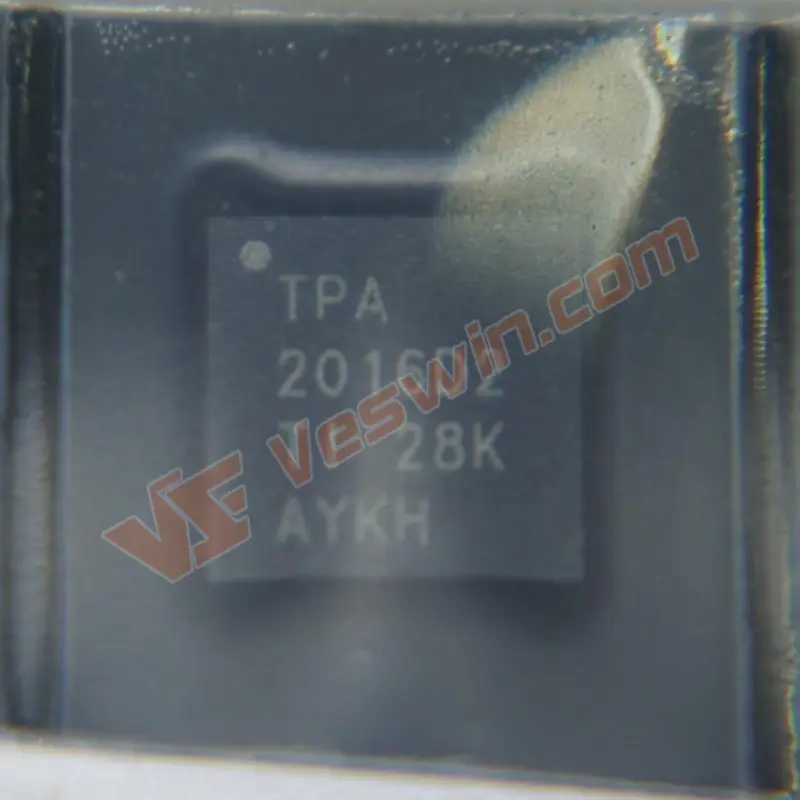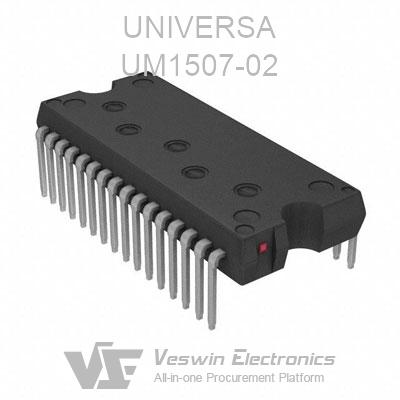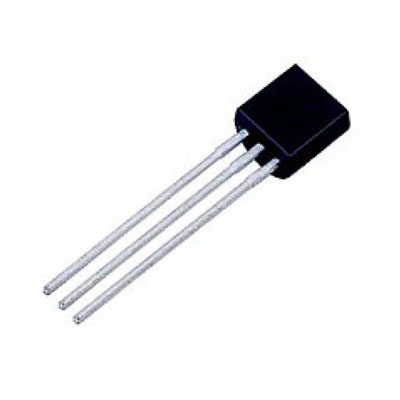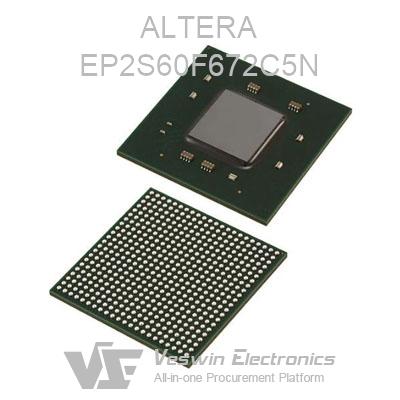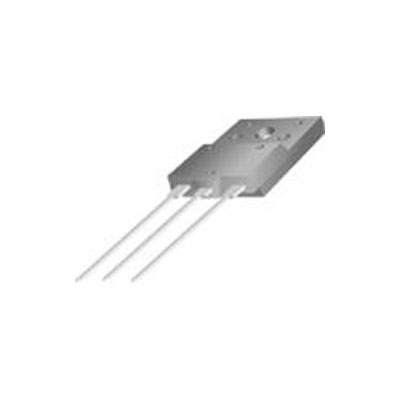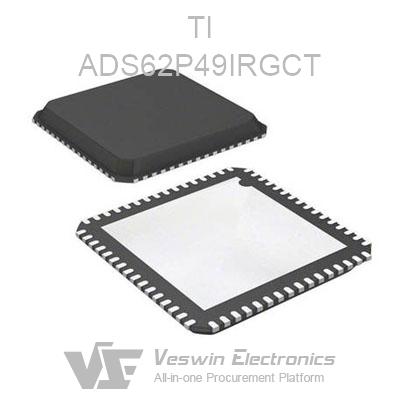PoE is referred to as a LAN-based power system or Active Power over Ethernet and is sometimes referred to simply as Power over Ethernet. Power over Ethernet PoE is a long-established and widely adopted power supply technology. PoE utilizes the latest standard specifications for simultaneous transmission of data and electrical power over existing standard Ethernet transmission cables and maintains compatibility with existing Ethernet systems and users. The technology simplifies the installation of many end devices and provides features such as power redundancy and smooth power conversion.
In the early days, PoE was used in applications such as Internet Protocol IP telephony, Wi-Fi-connected wireless access points, and IP cameras, injecting power into end devices over 100 m of standard CAT5 Ethernet cable at 25.5W send and 30W. The PoE clause 802.3bt standard was introduced, and the PoE 90W power supply scheme was released, increasing the power supply power levels from 25.5W and 30W (receive/send) to 71.3W and 90W (receive/send) over four pairs of CAT5 twisted pair cable.
The benefits of extending the power range at the load input are obvious, more applications can be matched with PoE, and new end devices such as HMIs are now being powered by PoE, for example. PoE applications are starting to grow rapidly in applications such as smart lighting, industrial lighting, medical imaging, professional audio and video equipment, and digital signage. PoE-enabled devices not only provide basic lighting functions but can also integrate multiple sensors to become multifunctional nodes.
The interoperability of the powered device PSE and the powered device PD and compliance with 802.3bt standards are critical in PoE designs. In the previous PoE, one power channel was sufficient to power each PoE port. Still, now there are additional power channels to achieve different levels and increase each channel's power density.
In the power supply device PSE and powered device PD ICs we generally choose vendors who have participated in the 802.3bt standard and Ethernet Alliance logo program to do so with more certainty in interoperability and compliance. Excellent PSE and PD controllers can provide developers with a complete end-to-end PoE system.
There are numerous PSE design challenges: surge and cable discharge, system-level isolation requirements, LED lighting support, changes to complex 802.3bt standards, port hybrid designs, diverse register interfaces, thermal efficiency, and power output efficiency, a. Combining digital and analog components to address the challenges facing the system.
TI's 90W PSE design uses a configurable system firmware solution, FirmPSE, to provide a fully configurable solution for control systems that can provide up to 48 4-wire pairs of PoE power ports. A dedicated 14bit ADC for each port performs continuous port current monitoring (2% accuracy) and performs parallel hierarchical measurements, resulting in shorter port turn-on times. Considering the size, efficiency, and heat dissipation, the design uses an external FET architecture (200mΩ), and the chipset ±2.5% programmable power limit accuracy scales the maximum PoE power from 90W to over 125W.
The design's matching PD interface chip is equipped with a reliable 100V hot-swappable MOSFET with a surge-delayed PG output that meets PSE surge requirements. The chip's auto-sustained power feature automatically adjusts the MPS of PSE under the new standard and supports various applications that require extremely low-power standby modes.
ADI, as one of the leaders in the field of PoE, has also designed a very large number of high-end port number of PSE chips and PD controllers. The current push of LTC9101 with flash digital control + LTC9102/9103 analog control PSE system is a common scalable design for large PSE systems, with the number of ports determined by power needs.
LTC9101 is the core of the chipset, each LTC9102/LTC9103 power channel is dedicated to detection and classification hardware to ensure high efficiency and durability of the power path. This can significantly reduce the power-up delay in the switching chip so that the PSE is not susceptible to PD delay. Similarly, external MOSFETs control the power channels to reduce power consumption.
In contrast, some PD controllers are designed with integrated high-efficiency DC-DC converters, which can simplify the design. In addition to providing more PD power, using external power MOSFETs is a further significant reduction in overall PD heat dissipation and improved power efficiency.
Summary
As PoE is rapidly gaining popularity in non-traditional applications such as smart lighting, medical imaging, professional audio and video equipment, and digital signage, the design challenges of PSE and PD have increased significantly, with PoE systems requiring more ports, more advanced power management, higher power efficiency, and lower heat dissipation than ever before.
Hot News

